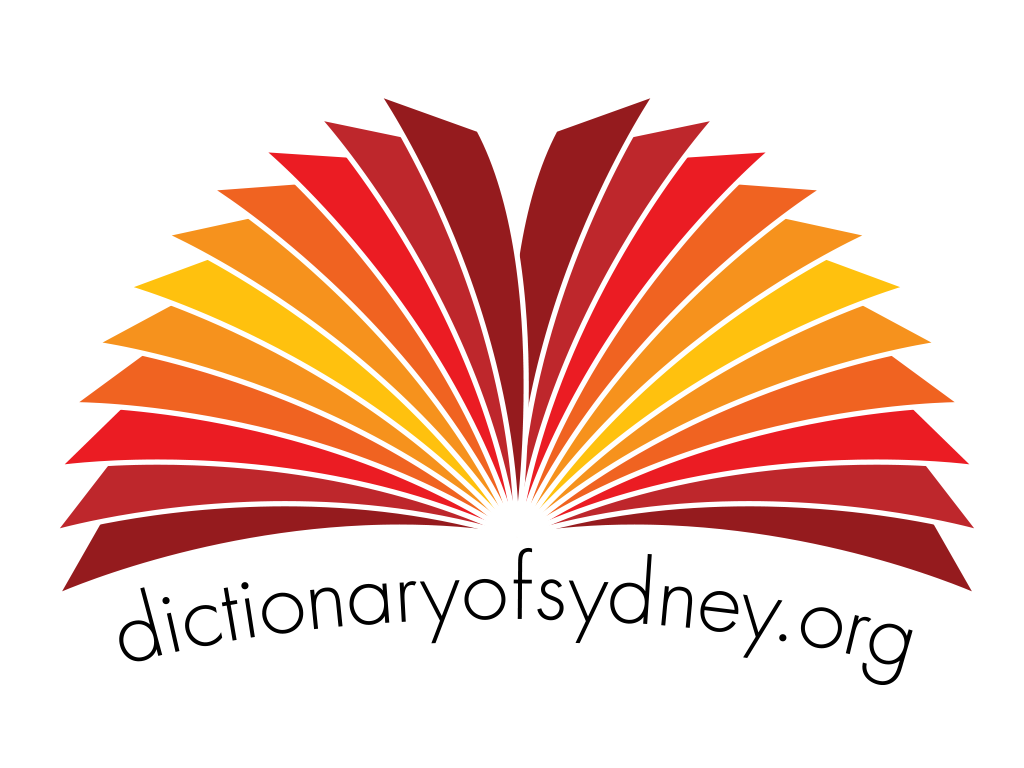The Dictionary of Sydney was archived in 2021.
Search
National Bank of Australasia
Bank formed in Melbourne in 1858 that had branches in Sydney and around Australia. In 1982 it merged with the Commercial Banking Company to form the National Bank of Australia.
de Bougainville, Hyacinthe
French explorer who visited Sydney with Baudin in 1802 and again in 1825 when he arranged for monuments to La Perouse and Father Receveur to be built at La Perouse.
Harrington Park
Far south-western residential suburb, subdivided in the late twentieth century from former agricultural land. It was built on land owned by Sir Warwick Fairfax, proprietor of the Sydney Morning Herald.
Badgerys Creek
South-western rural suburb, named for free settler James Badgery who was granted land there by Governor Macquarie. It has been proposed as the site for a second Sydney airport since 1986.
Woronora Dam
Dam which collects water from the catchment of the Woronora River, supplying water to the Sutherland Shire in Sydney's south. It covers over 4 square kilometres with a capacity of 71,790 megalitres.
Claremont Meadows
Western residential suburb adjacent to Western Sydney University Penrith campus. Built on land granted to Mary O'Connell (née Bligh) in 1810, it was opened up as a housing estate in 1984.
Royal Art Society of NSW
Society of artists formed in 1880 which now has over 400 members who are selected by their peers. It has a gallery at Lavender Bay and art school at North Sydney.
Newtown Synagogue
Orthodox synagogue built for the sizeable Jewish population which had called Newtown home since the 1880s. It was the second suburban Jewish congregation to build its own synagogue in Sydney.
Grand Central Coffee Palace
Large hotel and temperance establishment, which provided accommodation in over 200 rooms, meeting spaces and refreshments. It opened in 1889 in Clarence Street, Sydney and was still functioning in 1919.
Rickards, Kate
Gymnast, singer and actress, Kate Rickards was a pillar of Sydney's theatrical establishment, along with her husband Harry Rickards.
Slade, George Milner
An unlikely coroner, George Milner Slade was a colonist who held many official positions in Sydney and Brisbane, despite a history of difficulties with finances.
Glebe Island abattoir
Slaughterhouse on Glebe Island from the 1830s until 1915. The abattoir attracted related smelly industries and contributed to the noxious pollution of the bay, but provided fresh meat for Sydney.
92 Quarry Street
Colonial cottage dating from the 1860s that is a rare reminder that sandstone was not only exported to build Sydney's monuments, but was used to house the workers who quarried it.
Washaway Beach
East-facing beach at the foot of Dobroyd Head in Sydney Harbour, named for the fact that its sand is occasionally completely washed away, leaving sandstone slabs, and only gradually returns.
Dunn, Clara
A founder of the Baha'i faith in Australia, who arrived in Sydney 1920 with her family and spent 40 years working and travelling round Australia and New Zealand to establish Baha'i congregations.
Ashwin & Falconer
Stained glass manufacturing company formed by Frederick Ashwin and John Falconer in 1877 that worked on many of Sydney's most significant buildings. Initially called Falconer & Ashwin, the names were reversed later.
Entr'acte Theatre
Formerly known as the Sydney Corporeal-Mime Theatre, it was founded by Elisabeth Burke and Pierre Thibaudeau the movement-theatre company was heavily influenced by the teachings of the French actor, Etienne Decroux.

